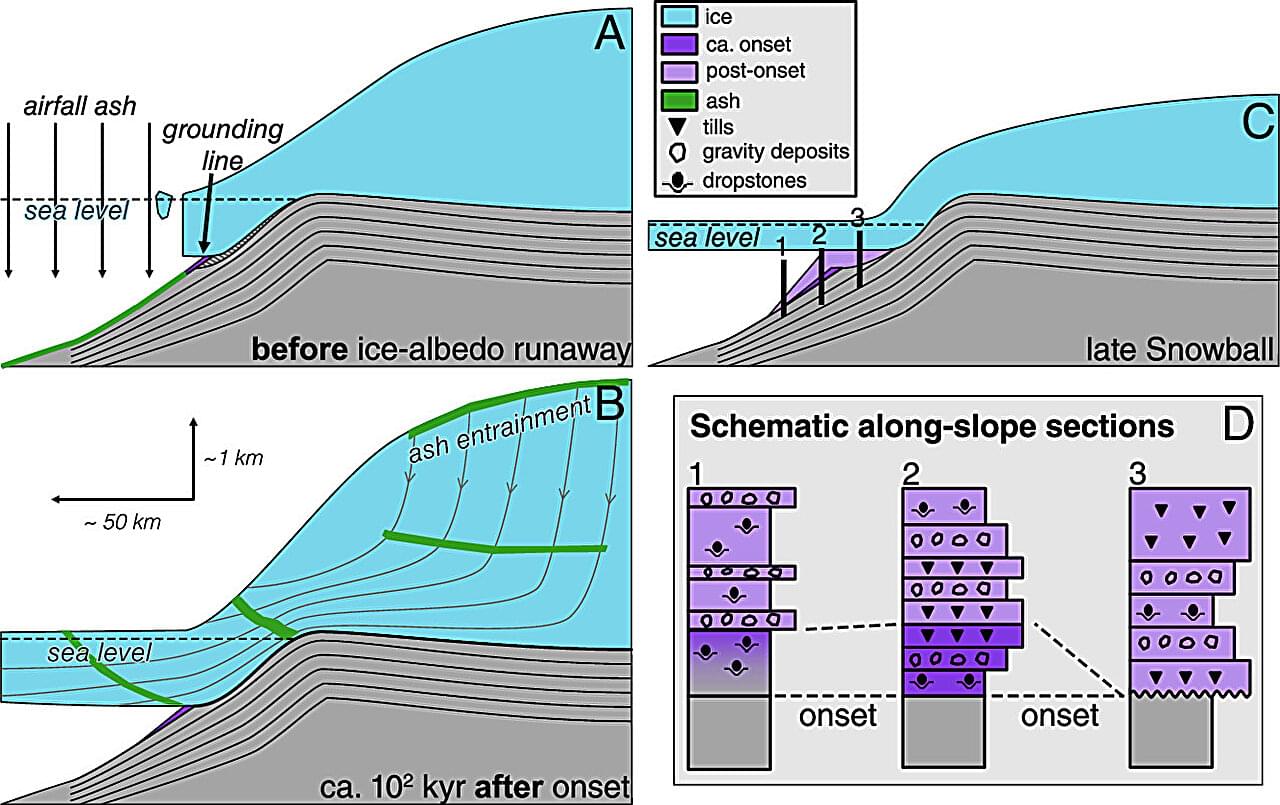Comets that have hit Earth have been a mixed bag. Early in Earth’s history, during the solar system’s chaotic beginning, they were likely the source of our planet’s water, ultimately making up about 0.02% of the planet’s mass. (Mars and Venus received a similar fraction.)
Comets brought complex organic molecules and the biosphere, but later posed a threat to the same in cometary collisions. A comet (or asteroid) likely caused the Tunguska Event in 1908 in Russia, and a comet fragment likely triggered the rapid climate shift of the Younger Dryas 12,800 years ago, with its widespread extinctions.
If such collisions happen here, they likely take place in other solar systems as well. Now three scientists in the United Kingdom have modeled the impacts of an icy cometary collision with an Earth-like, tidally locked terrestrial planet. Such objects are prime candidates in the search for habitable exoplanets outside our solar system.






